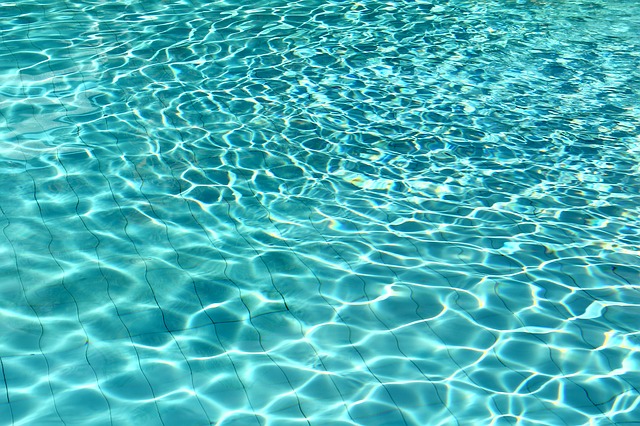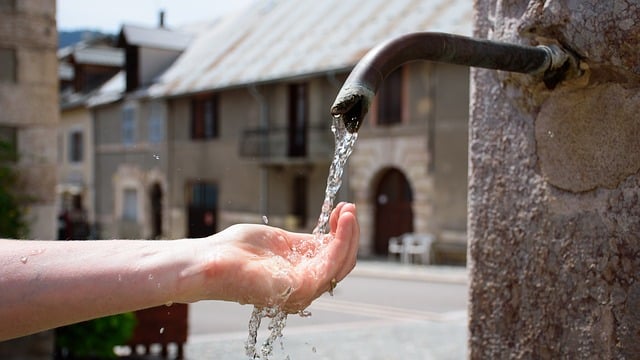
Chlorination involves adding chlorine to water.
The act and result of chlorinating is called chlorination. This verb, in turn, has two uses recognized by the Royal Spanish Academy ( RAE ) in its dictionary .
The first meaning mentioned by the RAE refers to incorporating chlorine into water with the aim of disinfecting it . Chlorinating, on the other hand, can refer to the introduction of chlorine atoms into a molecule .
Chlorination of water
As we indicated above, the idea of chlorination can be linked to the process that involves adding chlorine to water. Chlorine, whose symbol is Cl , is a chemical element with a characteristic odor that is used as a disinfectant, pesticide and bleach .
What chlorination does is promote the elimination of pathogens, optimizing their hygienic characteristics. Even water purification can be achieved.
Chlorine destroys the enzymes that microorganisms require to survive. In this way it acts as a bactericide and reduces the risk of diseases being transmitted through water.
Another effect of chlorination is that it helps remove organic elements and solid minerals that are undesirable in water. This helps to improve the flavor and cancels out bad aromas.

Chlorination is usually used in the water purification process.
The chemical explanation
Scientists believe that chlorine, thanks to its oxidizing capacity, causes biochemical, chemical and physical changes in the enzymes and cell walls of pathogens. Without this protection, the cell cannot develop the basic functions for its life, which is why it dies.
Specifically, chlorination gives rise to two primary chemical reactions in water: a dissociation reaction and a hydrolysis reaction . These processes are useful to prevent the proliferation of algae and remove metals , for example.
Other methods beyond chlorination
To treat drinking water , chlorination is the most popular method. In any case, there are other chemical resources that make disinfection possible.
Ozone is another oxidant that is used in a similar way to chlorine. It requires a smaller amount of substance and less contact time with water for it to fulfill its function , although its residual capacity is lower.
Sodium hypochlorite and chlorine dioxide are also used in different areas. As for physical resources, gamma rays or ultraviolet light can be used, to mention two options.
Importance of purification
According to a publication from the late 1990s , water chlorination is among the main public health advances of the second millennium. Some estimates indicate that more than 177 million lives have been saved since 1919 thanks to this procedure.
Diseases such as poliomyelitis , typhus and cholera lost their prevalence following chlorination. This is due, as we already pointed out, because chlorine destroys the pathogenic microorganisms present in the water and, therefore, reduces the risks of contagion by aquatic means.
It is estimated that the first chlorination plant was installed in 1902 in the territory of Belgium . Despite the age of the technique , a large number of people around the world still lack access to drinking water.
